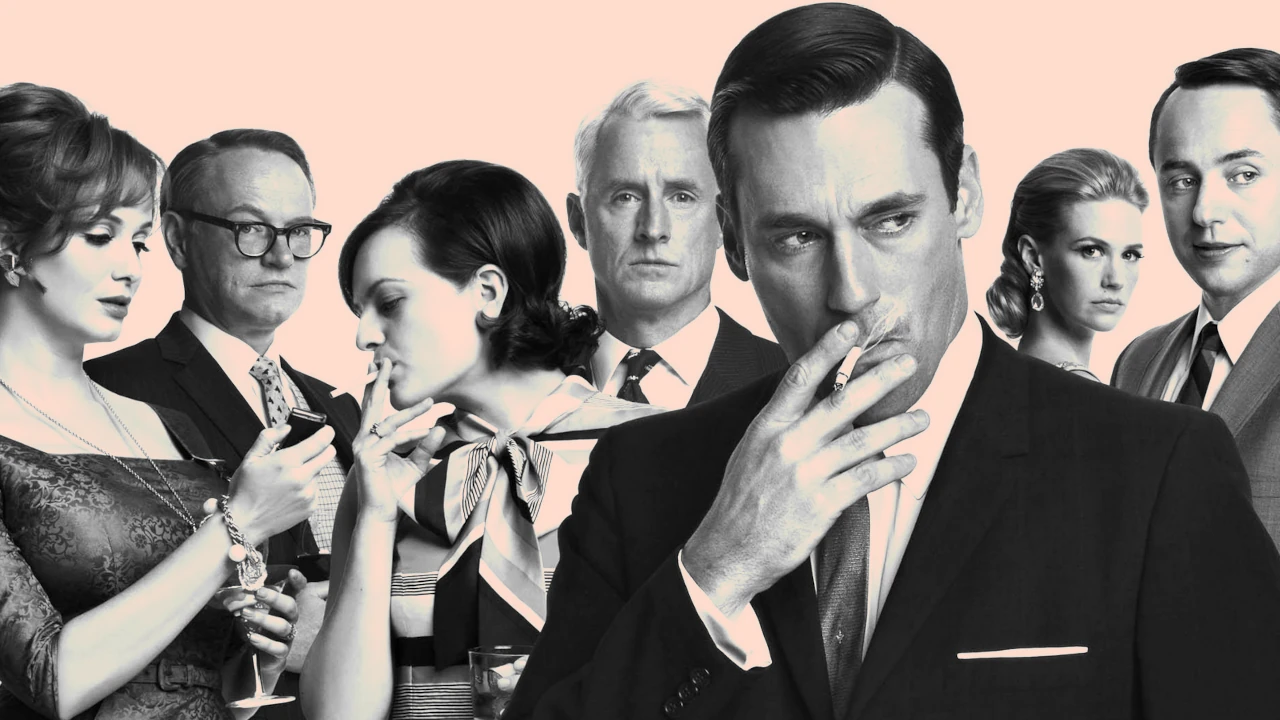Most of us are senseless lemmings at the mercy of marketers and psychologists who are far, far smarter than we will ever be. It's hard to think otherwise after reading William Poundstone's Priceless: The Myth of Fair Value (and How to Take Advantage of It) -- a delightful dissection of the tricks, tools and tactics behind the way we haggle over salaries, buy houses, and eat out at posh restaurants. (The same concepts can apply to how we value illegal goods and services, from prostitutes to purple haze.)
"We don't have an inner sense telling us what things are really worth," Poundstone told us. "Instead, we rely on advertised prices and memories of what we paid the last time. This fosters a fiction that we know value. But it's like a sight-impaired person who navigates familiar surroundings because he's remembered where the furniture is."
Read on to find out why we drool over Johnny Walker Blue and learn the many magical properties of the number 9.
Why do stores charge $9.99 instead of $10?
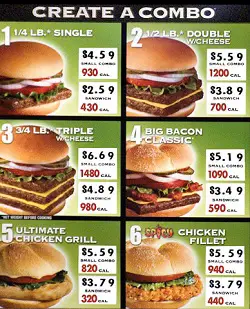
The average human relies on "rules of thumb" known as a heuristics -- quick decisions we make in order to navigate the everyday world efficiently. Needless to say, many of these are less than genius.
"One of the dumbest has to be the affection for prices ending in 9," Poundstone says. "They've done experiments where the same item is offered at $39 and $34 (to separate groups of shoppers). More people buy the item at $39.
The research suggests that, at some unconscious level, consumers think a price ending in 9 has been discounted and is a good value. Sellers have been exploiting this psychology since the 19th century. Look at any fast-food menu -- over 95 percent of the prices end in 9."
Why does Banana Republic cost more than Old Navy?
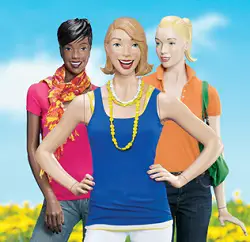
The same rule applies in the case of stores like Old Navy, Gap, and Banana Republic, which are all spawned from the same parent company. Old Navy has a reputation for being a bargain, but it's certainly not the hippest label in the world. Banana Republic is for a more refined, and wealthier, shopper -- and the chain would never be caught dead using the creepy-ass mannequins that their cheaper cousin relies on.
"In 1983, two marketing researchers at Duke University published some incredible experiments," says Poundstone. "They showed that when people were given a choice between a cheaper, lower-quality product and a more expensive, higher-quality one, they really didn't know which to pick. And since they didn't know what they wanted, they were easily manipulated. The way to do that is to add a third option.
"Suppose your income is such that you can afford Old Navy (where you'll save a little money) or Gap (where you'll get a little higher quality)," he continues. "Just being exposed to Banana Republic can persuade you to 'trade up' to Gap. People aren't aware of it, but in experiments, it can be incredibly powerful, like pulling the strings on a marionette."
Why is Johnnie Walker Blue so expensive?
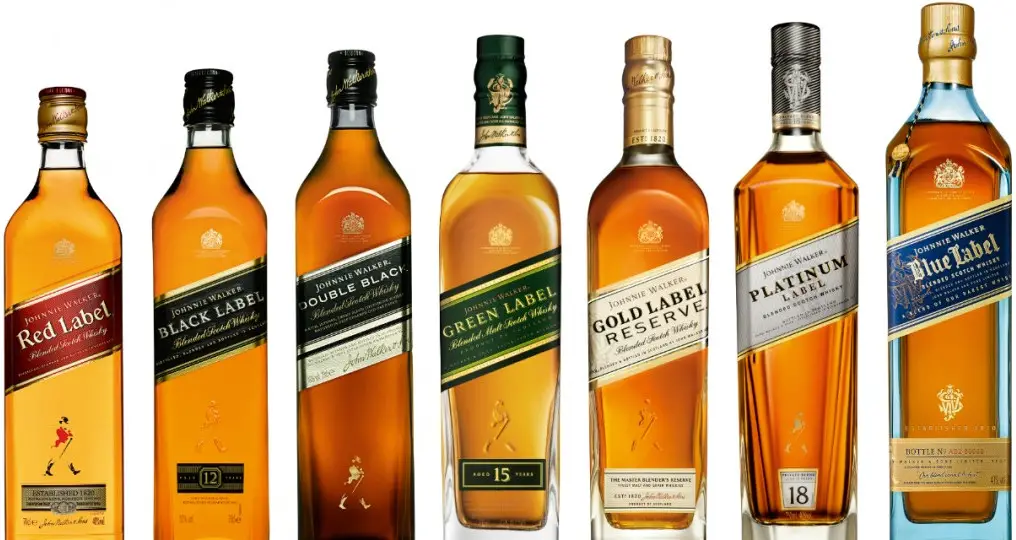
The way we think about prices and value can often make little or no sense. A great real-life example of this is Johnnie Walker whisky, a product offered in different varieties and qualities, each with its own artificial value. The Scottish distiller's Red Label, for instance, runs about $26 for a 750-ml bottle. Black jumps to $39, Green to $56, and Gold to around $86. But the gap from there to the super-premium Blue Label is enormous -- it sells for about $200 a bottle.
"Just knowing that Blue Label exists has several effects," Poundstone explains. "It creates a contrast: Red, Black and Green look reasonably priced in comparison to Blue. And there's an attraction effect: probably more people spring for the Green because they figure they're 'saving' so much money by not buying Blue."
The company doesn't need to sell a ton of Blue label to achieve its goals, as long as the costly Blue bumps up sales of the lesser varieties. "Any gimmick that gets free publicity for the Blue Label is helpful to Johnnie Walker," says Poundstone -- hence the ubiquitous ads offering free bottle engraving before the holidays for those elite, Blue-swilling customers.
How can stores charge thousands of dollars for one item?
In much the same way that Blue Label adds luster to a whisky brand (and makes cheaper varieties seem like bargains), retail stores rely on "anchor" products to achieve the same goals. As Poundstone explains, a ludicrously priced ultra-luxury item, shown off prominently, suddenly makes everything else in the store seem reasonable by comparison.
"I saw a $149,000 diamond watch at the Louis Vuitton store in Beverly Hills," he says. "I like how they have the 9-ending price, like it seems cheaper than an even $150,000." Just think about the anchoring effect if Apple decided to showcase this $100,000+ iPhone (encrusted with 137 diamonds) in its flagship stores.
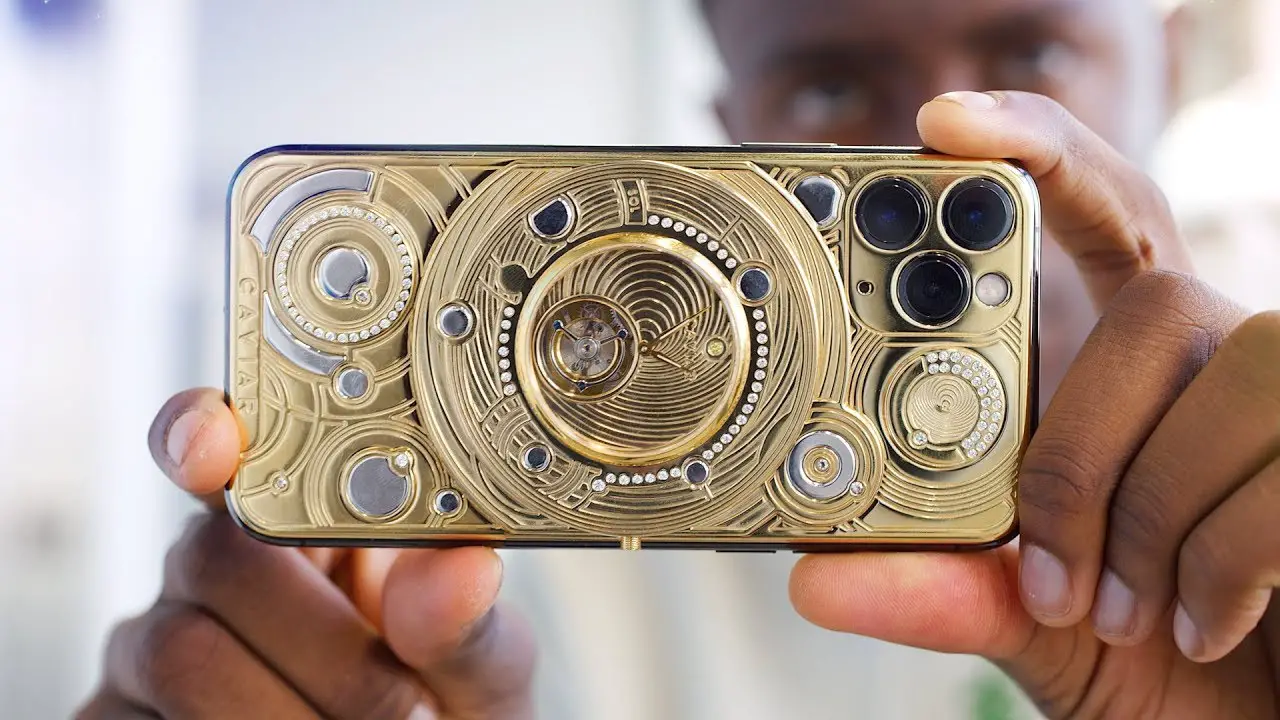
Want to know more about how we think (and fail to think) about the value of the world around us? Priceless: The Myth of Fair Value (and How to Take Advantage of It) is a great read.
 |
 Ape Out Shirt $21.68 |
 |

